A pristine gas cloud from the Big Bang reveals the universe’s untouched origins!
Key Takeaways
- Astronomers discovered a rare “fossil cloud” untouched by stars since the Big Bang.
- This cloud, found 1.5 billion years after the Big Bang, is nearly free of heavy elements.
- Using telescopes at the W.M. Keck Observatory, researchers identified this pure relic of the early universe.
- Bright quasars illuminate these ancient clouds, providing insights into their untouched composition.
- These findings could explain why some gases formed stars and galaxies, while others did not.
_________
Discovering a Relic of the Big Bang
Astronomers have uncovered a rare fossil cloud, a pristine remnant of the universe’s earliest moments, using the W.M. Keck Observatory in Hawaii. This extraordinary discovery, led by Fred Robert and Michael Murphy of Swinburne University of Technology, sheds light on how stars and galaxies formed in the early cosmos.
The fossil cloud, located far out in the universe, remains unpolluted by heavy elements released by exploding stars. Researchers estimate it contains less than 1/10,000th of the heavy elements present in the Sun. “It’s a true relic of the Big Bang,” Robert remarked. The find is significant because such clouds are extremely rare and provide a glimpse into the conditions shortly after the universe began.
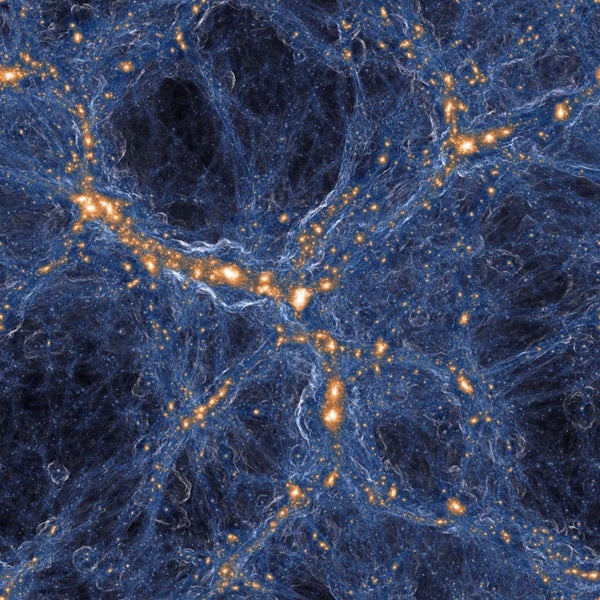
Illuminating the Universe’s Origins
The fossil cloud was spotted with the help of a bright quasar located behind it, illuminating its contents and allowing researchers to analyze the gas’s spectral shadows. This analysis revealed the cloud’s composition, which has remained largely unchanged since the Big Bang, offering an unspoiled view of the universe’s infancy.
This is not the first fossil cloud discovered; two similar clouds were identified in 2011. However, those finds were serendipitous, while this new discovery represents a systematic effort to locate these remnants. “It’s fantastic to finally discover one systematically,” said John O’Meara, co-discoverer of the earlier clouds.
The study of such fossil clouds can help scientists understand why some gases formed stars and galaxies in the early universe while others did not. As Michael Murphy explained, “Surveying these relics provides a clearer picture of what the universe was like during its earliest stages.”
With this breakthrough, astronomers have opened new avenues for studying the untouched materials of the cosmos, bringing us closer to unraveling the mysteries of the universe’s formation.
This work is set to be published in the journal Monthly Notices of the Royal Astronomical Society. An electronic preprint of the work is available on the preprint server arXiv.
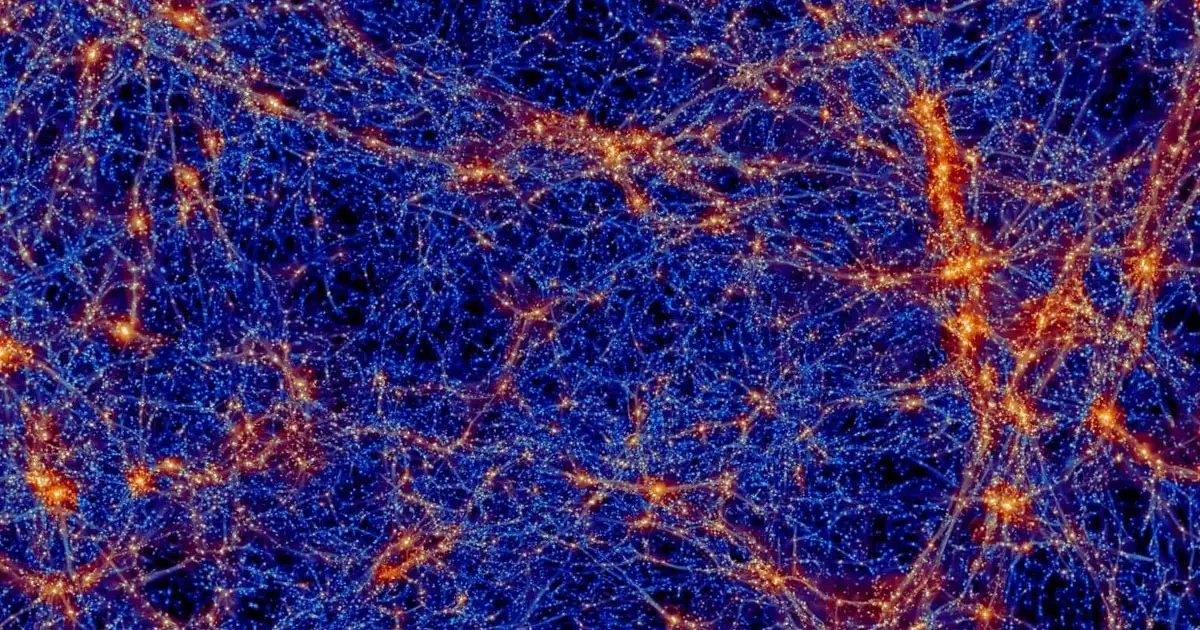
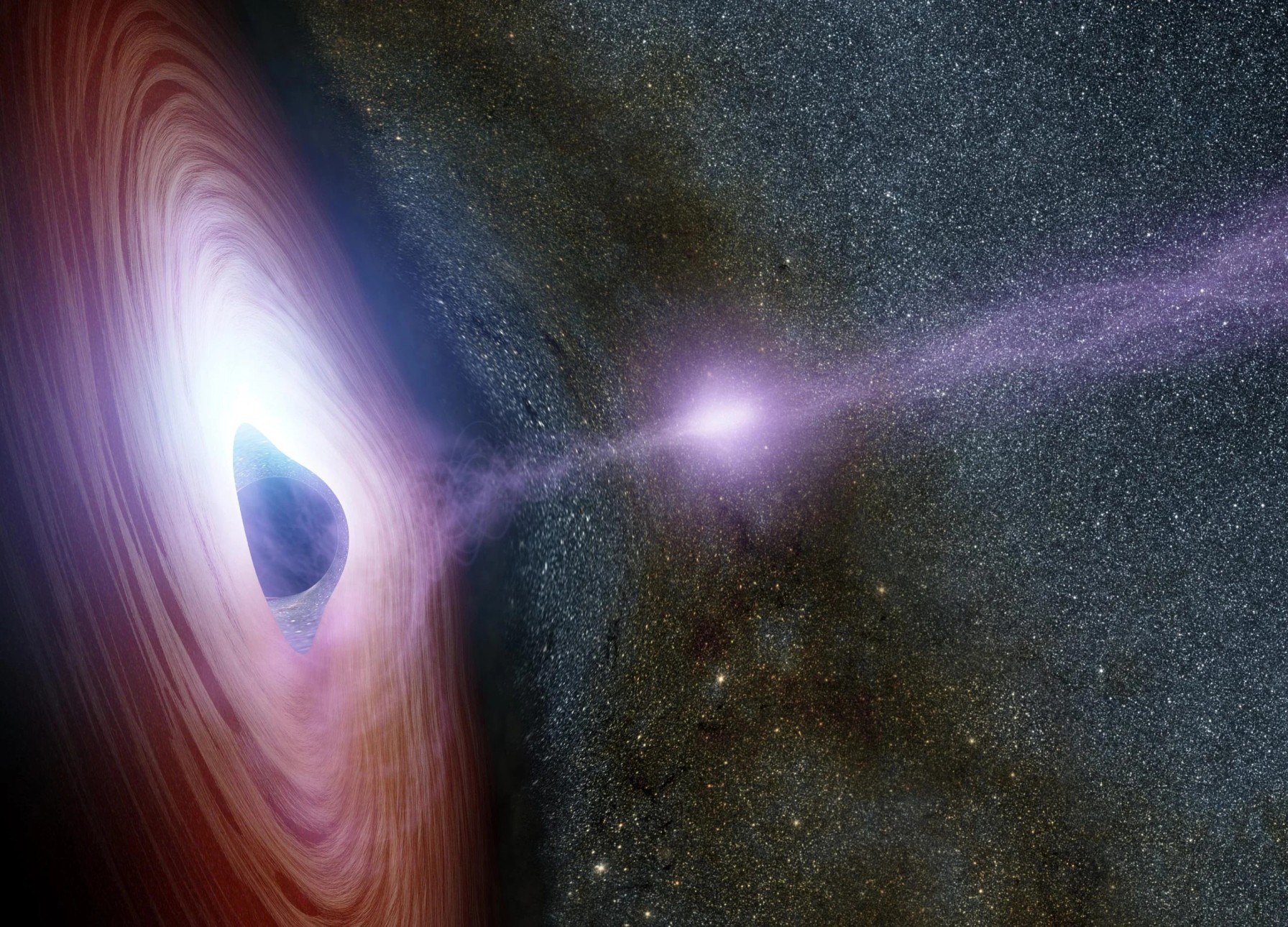
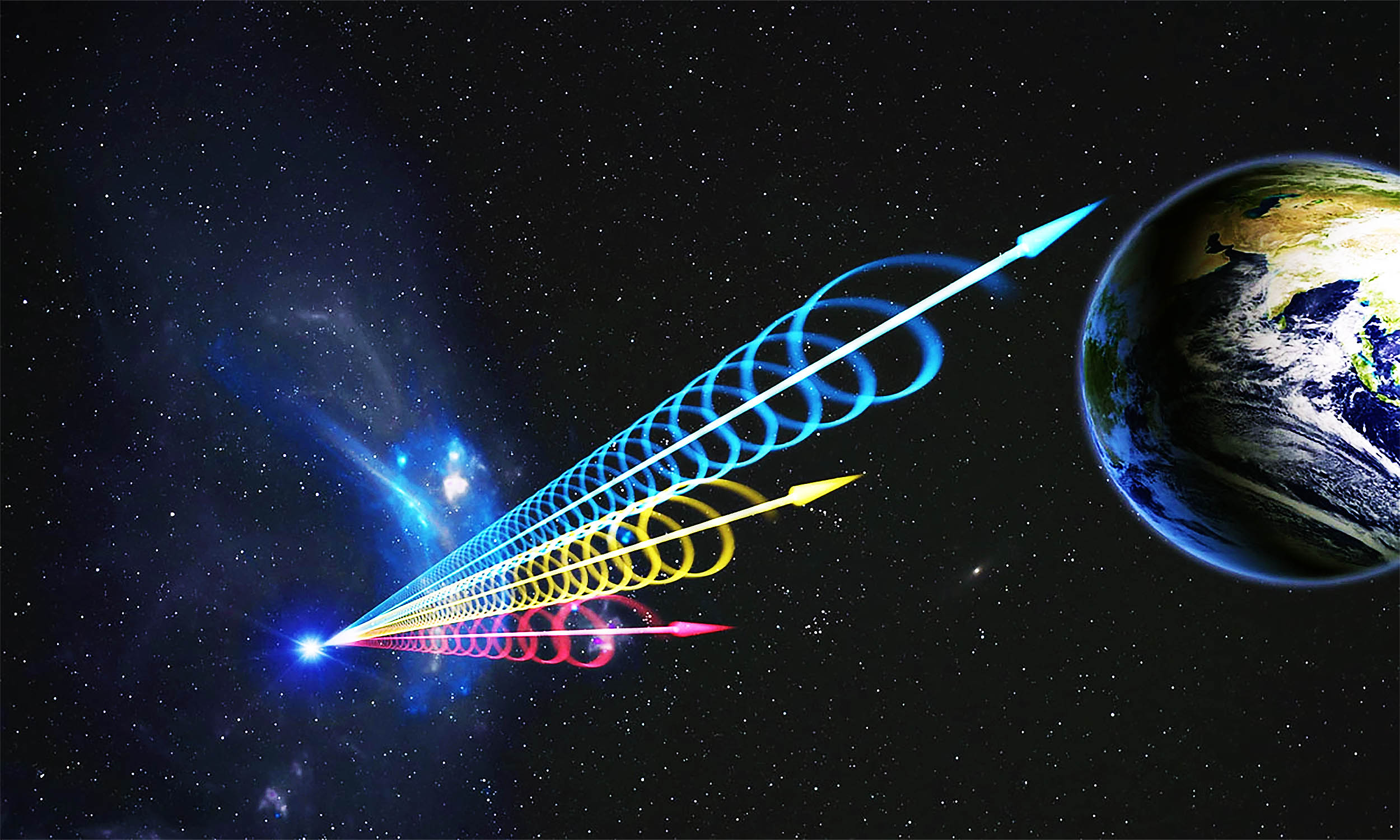
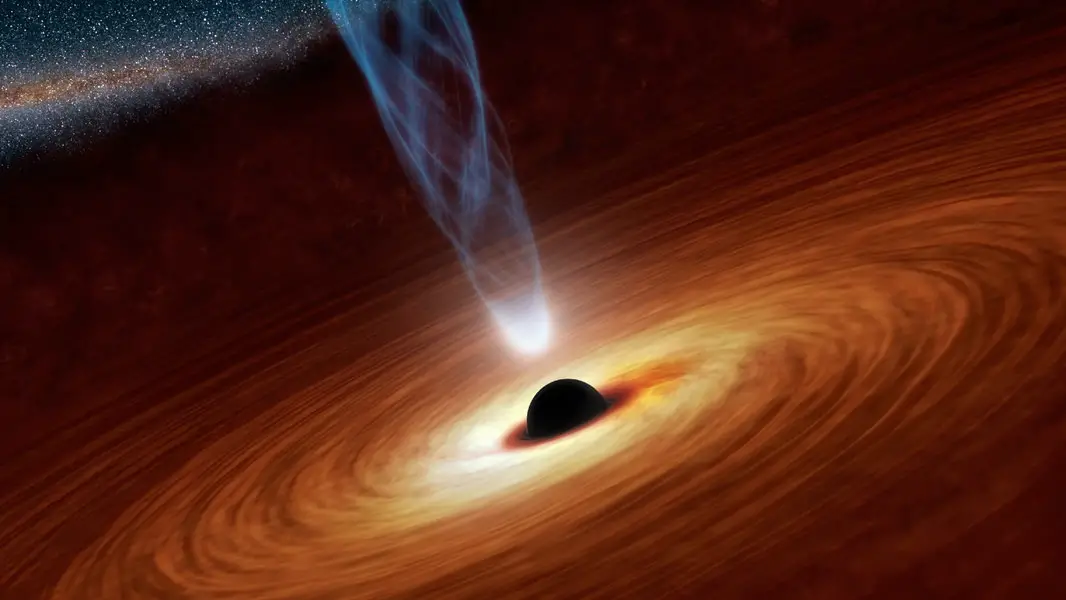
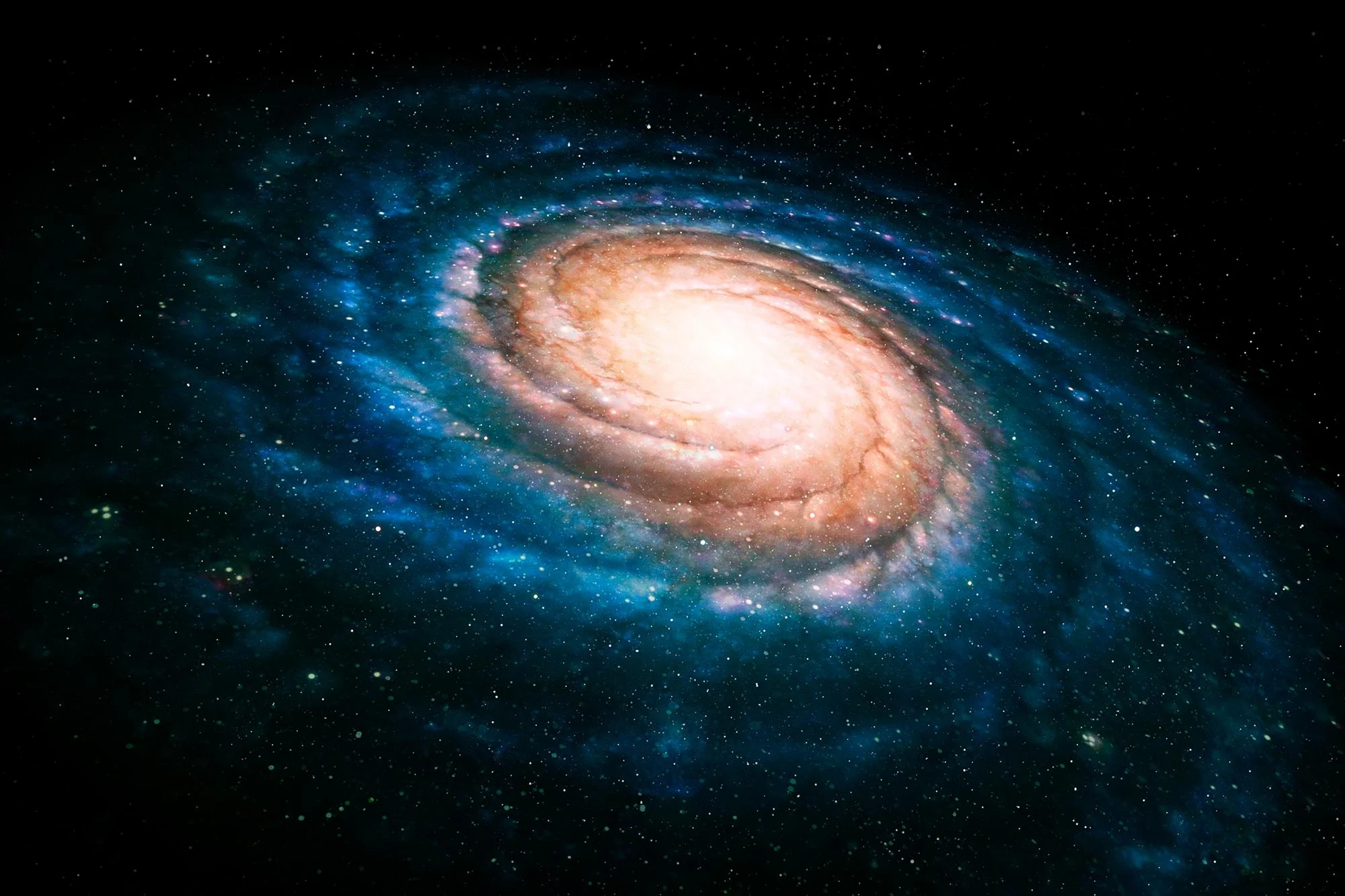
I read this entire article and it says NOTHING about what new information or clearer picture of the early universe the discovery and study of this cloud has provided. In fact, since we already have an excellent understanding of nucleo-genesis of the elements in the universe, it would seem unlikely that a cloud composed exactly of what we already know the how/when/where of even has a remote possibility of providing new insights. IF it has been *different* from our current understanding it might be of interest. But this is a big yawn as far as the article presents it at least.